News of the month
/A quick round-up of recent news. If you think we missed something, drop us a line!
EAGE gets more global
 The annual EAGE conference and buzzword-fest in Copenhagen was the largest ever, with over 6200 delegates. The organization is getting ever more global, having just signed memorandums of understanding with both AAPG and SEG — getting this done was a big cap-feather for John Underhill, who stepped down as president at the end of the week.
The annual EAGE conference and buzzword-fest in Copenhagen was the largest ever, with over 6200 delegates. The organization is getting ever more global, having just signed memorandums of understanding with both AAPG and SEG — getting this done was a big cap-feather for John Underhill, who stepped down as president at the end of the week.
The most popular session of the conference was Creativity & Boldness in Exploration, organized by Jean-Jacques Jarrige of Total. At least 800 people crammed into the auditorium, causing exhibition-floor vendors to complain that 'everything has gone quiet'.
Microsoft gets more social... maybe
Most of our knowledge sharing clients have dabbled with social media. Chat is more or less ubiquitous, wikis are extremely popular, and microblogging is taking off. Yammer is one of the disrupters here, and it seemed almost inevitable that they would be acquired. How dull to hear that Microsoft seems to be the main suitor. They need something to work in this space, but have struggled so far.
Find your digital objects!
Science is benefitting every day from social media, as conversations happen on Twitter and elsewhere. Sharing data, methods, photos, and figures is fun and helps grow stronger communities. Figshare is a still-new place to share graphics and data, and its acquisition by Macmillan's Digital Science business gave it more clout earlier this year. It now offers a Digital Object Identifier, also known as a DOI, for every item you upload. This is as close to a guarantee of persistence as you can get on the web, and it's a step closer to making everything citable in tomorrow's scientific literature.
Forecast is for cloud
 One of the buzzwords at EAGE was 'the cloud' as companies fall over each other trying to get in on the action. Halliburton has had a story for years, but we think the giants will struggle in this space—the ones to watch are the startups. FUSE are one of the more convincing outfits, dragging E&P data management into the 21st century.
One of the buzzwords at EAGE was 'the cloud' as companies fall over each other trying to get in on the action. Halliburton has had a story for years, but we think the giants will struggle in this space—the ones to watch are the startups. FUSE are one of the more convincing outfits, dragging E&P data management into the 21st century.
In other news
Touch is coming to E&P. Those lovely interfaces on your phone and tablet are, slowly but surely, getting traction in subsurface geoscience as Schlumberger teams up with Perceptive Pixel to bring a 27" multi-touch interface to Petrel.
Thank goodness you're a geoscientist! Geophysics is one of the most employable degrees, according to a report last year by Georgetown University that's been covered lots since. Our impression: the more quantitative you are, the more employable.
This regular news feature is for information only. We aren't connected with any of these organizations, and don't necessarily endorse their products or services.


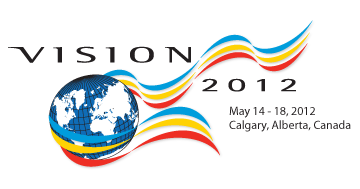
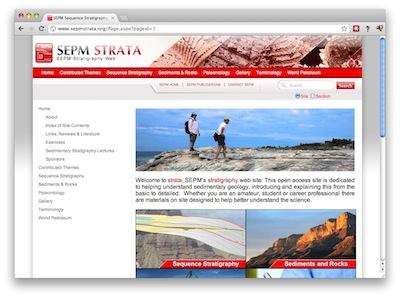
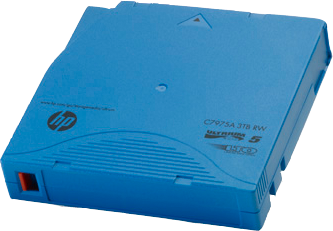
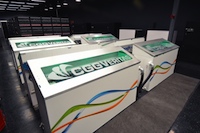

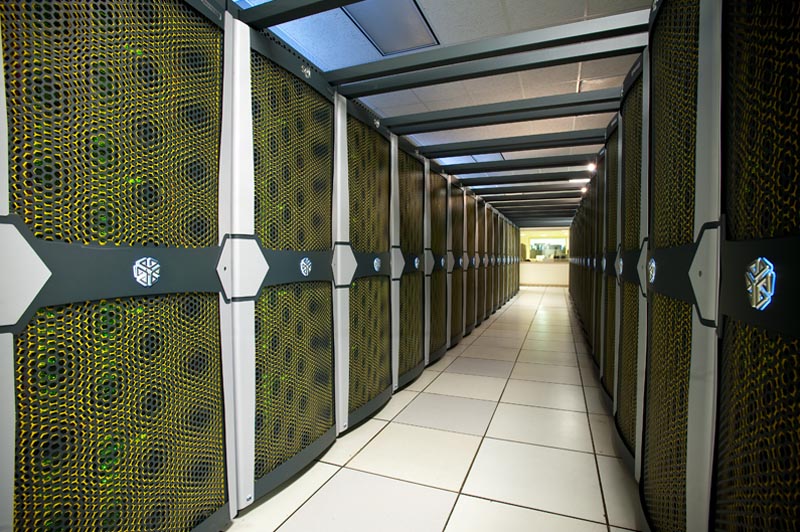
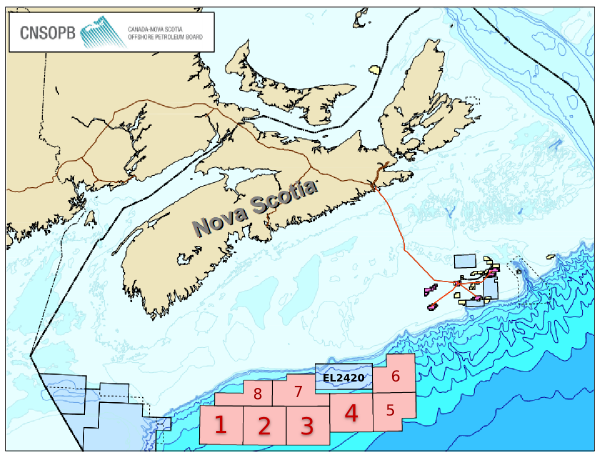
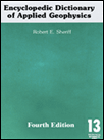





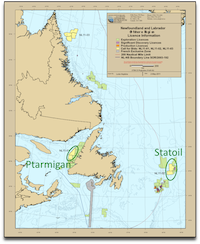
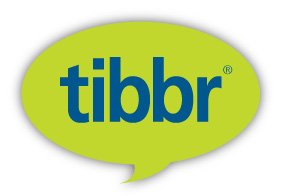
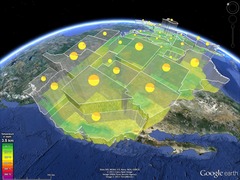









 Except where noted, this content is licensed
Except where noted, this content is licensed